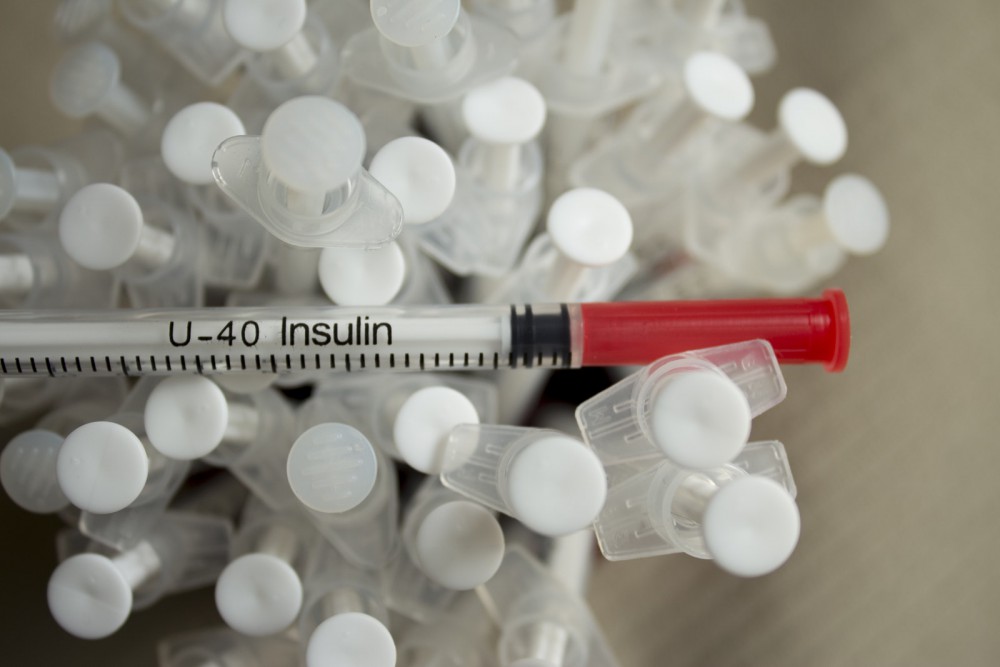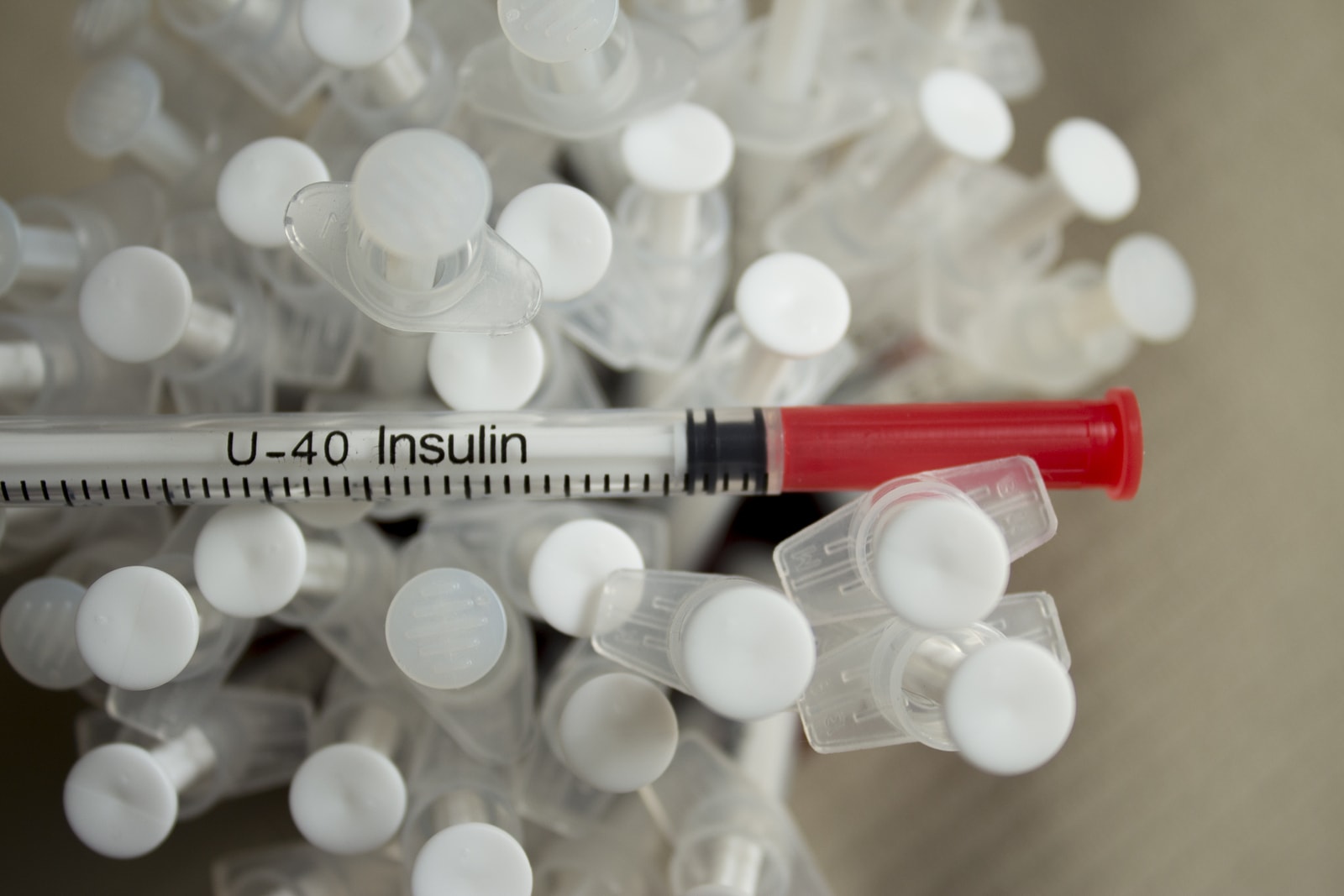
Scientists have developed a pain-free insulin patch to control diabetes, according to a study published in Advanced Materials.
The synthetic patch is covered in natural beta cells – insulin-producing cells that fail because of diabetes – and adheres without pain to a patient’s skin. The patch secretes insulin as needed and controls blood sugar levels safely. Injections are not required, nor is monitoring.
For years, scientists have searched for ways to eliminate regular insulin injections for diabetics. Prior efforts have focused on transplanting healthy beta cells, but the procedure is invasive and carries a rejection risk and the possibility of side effects.
“This study provides a potential solution for the tough problem of rejection, which has long plagued studies on pancreatic cell transplants for diabetes,” senior author Zhen Gu, PhD., assistant professor in the joint University of North Carolina/North Carolina State University Department of Biomedical Engineering, said in a news release. “Plus, it demonstrates that we can build a bridge between the physiological signals within the body and these therapeutic cells outside the body to keep glucose levels under control.”
Insulin Patch Details
In tests, the patch – a thin square roughly the size of a quarter that’s covered in tiny needles – has controlled the blood sugar levels of mice for up to 10 hours.
Those microneedles, which are about the size of an eyelash, work by poking into capillaries. That produces a link between the beta cells and the blood stream. So-called “glucose-signal amplifiers” respond when blood sugar levels rise and relay that information back to the beta cells.
You Might Also Enjoy: Is Diet Soda Really a Healthier Choice Compared to Regular Soda?
Normally found in the pancreas, beta cells release insulin to help the body process excess bloodstream sugar after a meal. In people with diabetes, those cells are either damaged or can’t produce enough insulin.
This patch is actually the second one developed by the team of scientists. A year earlier, another they created a similar patch – albeit one that contained synthetic insulin.
The real, live beta cells on this newer version will be able to maintain blood sugar levels for a longer time. Because the beta cells are outside the body, it eliminates the chances of immune system rejection.
What the Future Holds
While the patch is promising, it could be quite a while before it’s available for sale. Further modifications are anticipated, and there is still a need for pre-clinical tests and clinical trials in humans.
Still, this is promising news for diabetes patients, as well as for people who are at high-risk of developing diabetes.
The researchers noted that diabetes impacts 387 million people worldwide – a figure expected to reach 500 million by 2030.
“Managing diabetes is tough for patients because they have to think about it 24 hours a day, seven days a week, for the rest of their lives,” said co-author John Buse, M.D., PhD., professor of medicine at the UNC School of Medicine and director of the UNC Diabetes Care Center and the NC Translational and Clinical Sciences Institute. “These smart insulin approaches are exciting because they hold the promise of giving patients some time off with regards to their diabetes self-care. It would not be a cure but a desperately needed vacation.”









